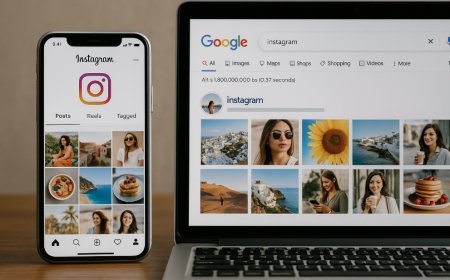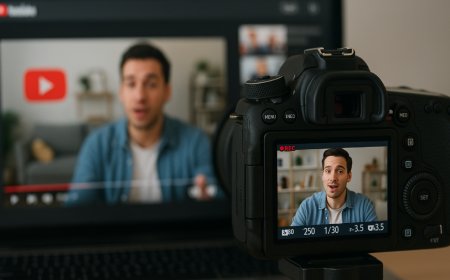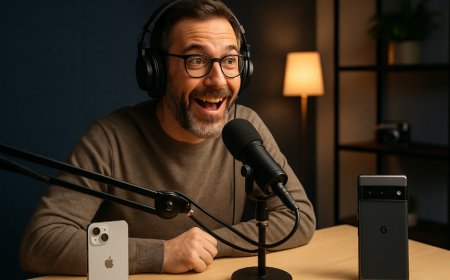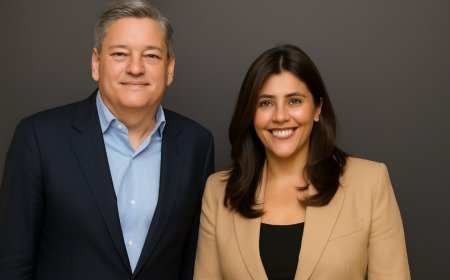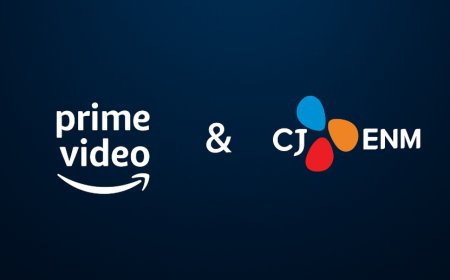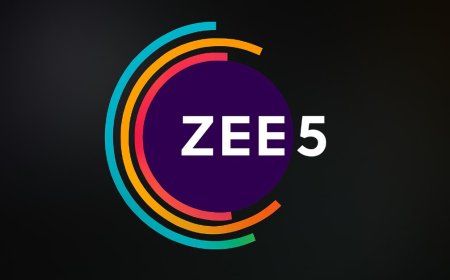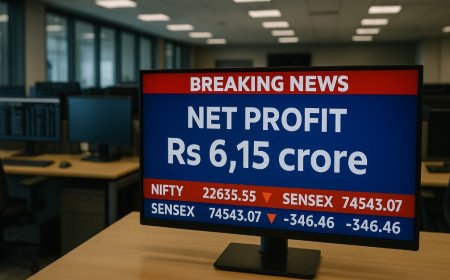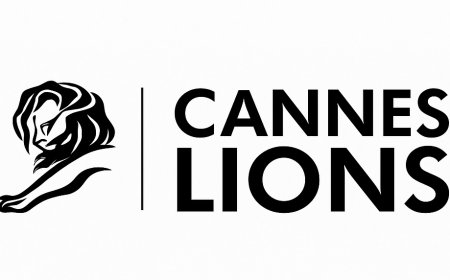AI Is Transforming Ad Measurement, But ROI Still Eludes Many Brands: WARC Report
AI boosts ad measurement efficiency, but most advertisers still lack a full ROI view, reveals WARC’s latest global marketing effectiveness report.

Introduction
Artificial Intelligence (AI) is rapidly reshaping the world of marketing, especially in the realm of ad measurement and performance tracking. According to a recent report by WARC (World Advertising Research Center), AI has made significant strides in optimizing campaigns, real-time analytics, and media planning. However, a surprising insight also emerges: most advertisers still struggle to gain a full picture of their return on investment (ROI).
As marketers chase efficiency, this gap between data sophistication and strategic clarity is becoming a pressing concern.
AI's Growing Role in Ad Measurement
AI-powered tools are being widely adopted across the advertising industry for tasks such as:
-
Real-time audience targeting
-
Cross-channel performance tracking
-
Predictive modeling and optimization
-
Creative testing and personalization
These capabilities allow brands to react faster, tweak campaigns dynamically, and allocate budgets more intelligently. AI enables advertisers to break down large datasets and uncover actionable insights in minutes—something that once took days or weeks.
In short, AI is improving the “how” of measurement—but not always the “why.”
Where the Gaps Remain
Despite increased automation and data access, only a fraction of advertisers feel confident in their ability to connect media spend with business outcomes. The WARC report identifies several reasons:
-
Siloed data across platforms: Disconnected metrics from TV, digital, social, and offline make it hard to form a cohesive narrative.
-
Short-term KPIs dominate: Many campaigns are optimized for clicks or views, not long-term brand growth or customer lifetime value.
-
Lack of integration between AI tools and business intelligence platforms.
-
Over-reliance on platform-provided analytics, which may not offer third-party objectivity.
In essence, AI is accelerating execution, but strategic decision-making often lags behind.
Marketers Call for Unified Measurement Frameworks
The report highlights a growing industry demand for holistic measurement models—ones that combine media efficiency, brand impact, and sales attribution. While AI can automate pieces of this puzzle, the need for clear business-aligned metrics remains high.
Leading brands are starting to explore:
-
Unified dashboards integrating first-party and third-party data
-
AI-assisted media mix modeling (MMM)
-
Econometrics and AI-driven scenario planning
-
Privacy-compliant customer journey mapping
Still, these practices are not yet the norm across industries or markets.
The Role of Human Intelligence
WARC’s report emphasizes that AI, while powerful, cannot replace human judgment and strategic thinking. Marketers must bridge the gap between raw data and meaningful insights by asking the right questions, aligning with business goals, and contextualizing AI outputs.
The future of ad measurement lies in hybrid models—where machines do the heavy lifting, but humans lead the interpretation.
Key Takeaways from the WARC Report
-
81% of marketers say AI tools have improved campaign efficiency.
-
Only 38% feel they can effectively measure ROI across all media.
-
Contextual intelligence is now a top priority for advertisers evaluating new AI partners.
-
The need for cross-channel consistency in measurement is at an all-time high.
Conclusion
AI is no doubt revolutionizing how ad performance is tracked and optimized. But as WARC’s findings reveal, the advertising world still lacks a complete, unified view of ROI. To unlock the full potential of AI, brands must focus not only on tools—but also on strategy, integration, and insight-driven thinking.
What's Your Reaction?
 Like
0
Like
0
 Dislike
0
Dislike
0
 Love
0
Love
0
 Funny
0
Funny
0
 Angry
0
Angry
0
 Sad
0
Sad
0
 Wow
0
Wow
0
